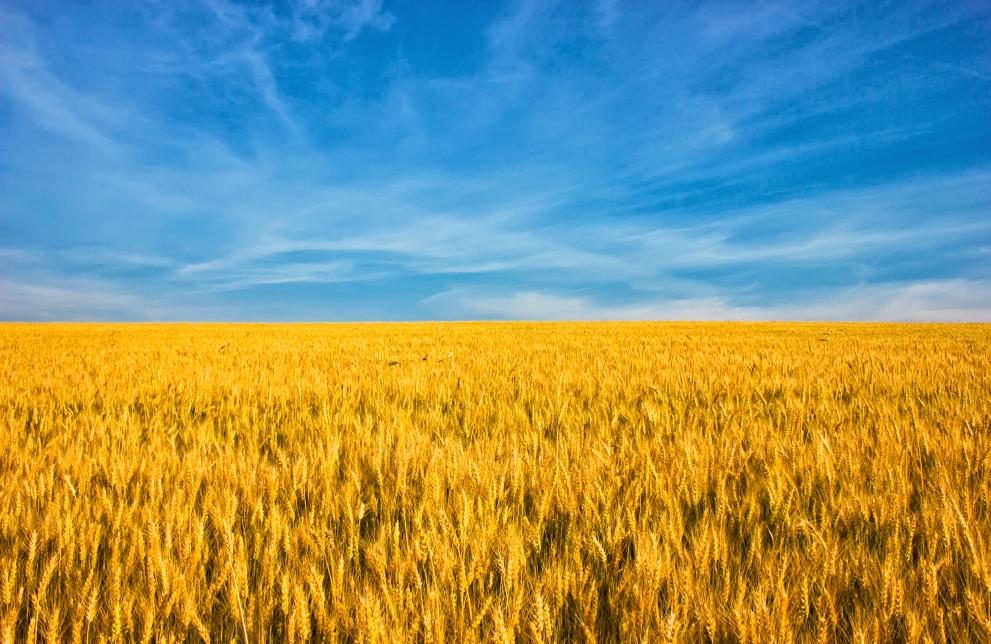
Following an overall warm winter, spring weather was marked by contrasts. A persistent rain deficit in the east led to very poor crop conditions, while favourable conditions prevailed in the west until April. In May, a significant rain deficit impacted winter crops during flowering across the country; and in June, a heatwave in the east threatened grain filling for cereals. The JRC MARS yield forecasts for winter crops is below the 5-year average, while the yield forecasts for summer crops currently follow the 5-year average.
Field abandonment continues to be observed in several parts of the country. For Ukraine as a whole, there is a decrease in the area of winter cereals compared to last year, particularly affecting oblasts close to the front line and in the northeast near the Russian border. The rapeseed area has slightly decreased compared to 2023. The areas for grain maize and sunflower remained stable, while soybean has increased.
Compared with last year, at the country level, the JRC MARS forecast for grain production is reduced for all crops (except for soybean) due to decreases in both area and yields. The production for wheat is forecast at 20.7 MT (down 25% compared to 2023), and for winter barley at 2.9 MT (down 12%), with the caveat that 12.5% of the production of these cereals remains in oblasts under Russian occupation. Rapeseed production is forecast to be reduced by 12% compared to 2023, mostly due to a negative yield outlook in the south of the country.
Further information
Subscribe to the JRC MARS Bulletin | (Unsubscribe from your profile page)
JRC MARS (Monitoring Agricultural Resources) Bulletins
The latest information about global agricultural production hotspots for countries at risk of food insecurity is available on the JRC’s ASAP (Anomaly hot Spots of Agricultural Production).
Details
- Publication date
- 17 June 2024
- Author
- Joint Research Centre
- JRC portfolios




